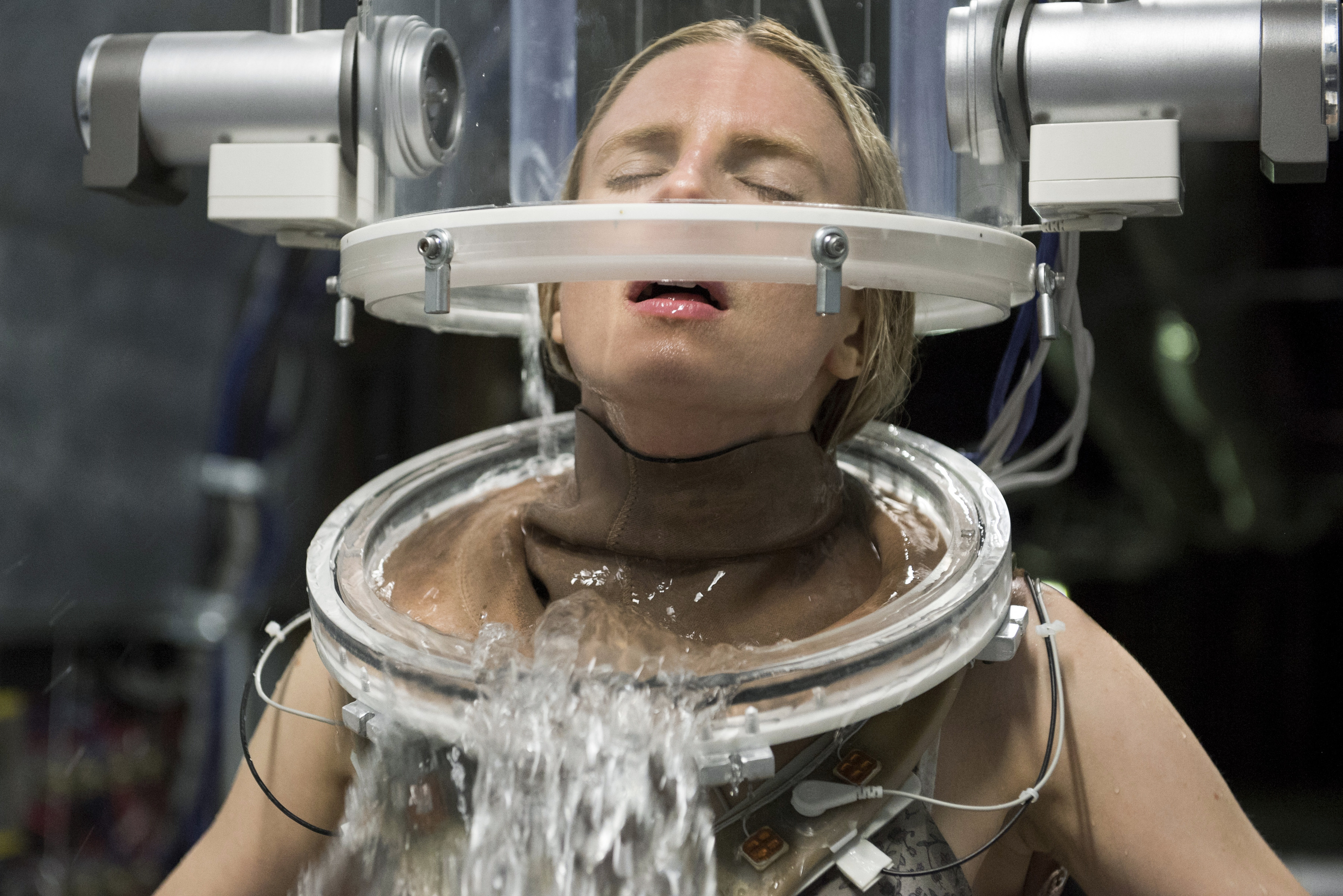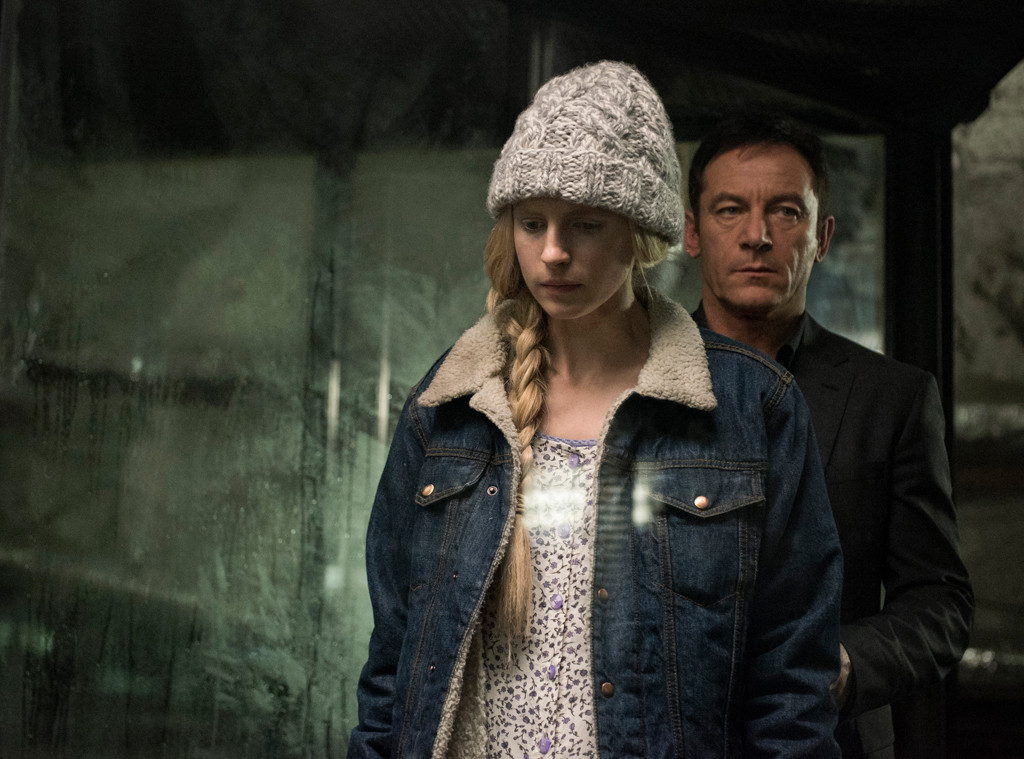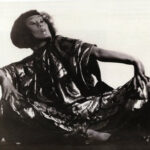Netflix’s The OA was a series that defied easy categorization from the outset, but its finale, “Invisible Self,” truly launched it into the realm of the unforgettable, for better or worse. While the show dabbled in sci-fi, mystery, and drama, it’s the unexpected pivot towards what can only be described as an Interpretive Dance Show in its final episode that continues to baffle and intrigue viewers.
 Brit Marling as Prairie Johnson in The OA, a mysterious interpretive dance show on Netflix.
Brit Marling as Prairie Johnson in The OA, a mysterious interpretive dance show on Netflix.
Up until the eighth episode, The OA unfolded on two parallel tracks. We followed Prairie Johnson, a formerly blind woman recounting her life story to a group of troubled individuals. Simultaneously, we witnessed that story – her captivity by a scientist, Dr. Hap, and her experiences learning mystical “movements” that supposedly transcend dimensions. These movements, taught through elaborate gestures, were presented with increasing earnestness as the key to unlocking extraordinary possibilities.
Then came the finale, and things took a sharp, arguably ludicrous, turn. Just as the narrative tension reached its peak, a school shooting erupted. In a moment of utter disbelief, Prairie’s newfound followers, convinced by her story and the power of the “movements,” decided to perform their interpretive dance. Yes, in the face of mortal danger, they opted for choreographed gestures hoping to… well, it was never entirely clear what they hoped to achieve, but stopping bullets seemed to be on the agenda.
 Brit Marling portraying The OA, the enigmatic character at the center of Netflix's interpretive dance show.
Brit Marling portraying The OA, the enigmatic character at the center of Netflix's interpretive dance show.
The scene unfolded with unwavering seriousness. The music swelled, the camera focused intently on the performers’ faces, and the show desperately pleaded with the audience to buy into this moment of interpretive dance as a legitimate, life-saving act. The shooter, understandably bewildered by this sudden interpretive dance show, pauses just long enough for a cafeteria worker to intervene. Prairie, however, is struck by a stray bullet, seemingly fulfilling a premonition.
This ending presents a bizarre dichotomy. Either we accept that the “five movements” are genuinely magical, capable of altering reality and saving lives through the power of interpretive dance, or we conclude that Prairie was delusional, and her followers engaged in a nonsensical, albeit bravely performed, interpretive dance while she tragically died.
The more outlandish option – that interpretive dance can bend reality – somehow feels more coherent within the context of the show’s increasingly bizarre narrative. The alternative, that these characters were simply victims of a charismatic storyteller who led them into a dangerous delusion, while potentially more grounded, feels strangely less satisfying, and arguably undermines the preceding seven episodes. Prairie as a dangerous cult leader, empowered by interpretive dance, is a darker, perhaps more compelling, interpretation, though not explicitly what the show delivers.
The finale concludes with Prairie waking up in a white room, uttering the name “Homer?” leaving viewers hanging with a multitude of unanswered questions and a profound sense of bewilderment. Why were these characters so devoted to Prairie? What was the true nature of her story? And, most importantly, was the interpretive dance actually supposed to do something?
Ultimately, “Invisible Self” is a perplexing and divisive finale. It’s an episode that embraces the absurd, culminating in a moment of high-stakes interpretive dance that is simultaneously ridiculous and strangely captivating. Whether you interpret it as a stroke of genius or a narrative train wreck, the finale of The OA is undeniably memorable, cementing its place as one of the most talked-about and debated conclusions in recent television history, largely thanks to its commitment to the most unexpected interpretive dance show ever aired.


